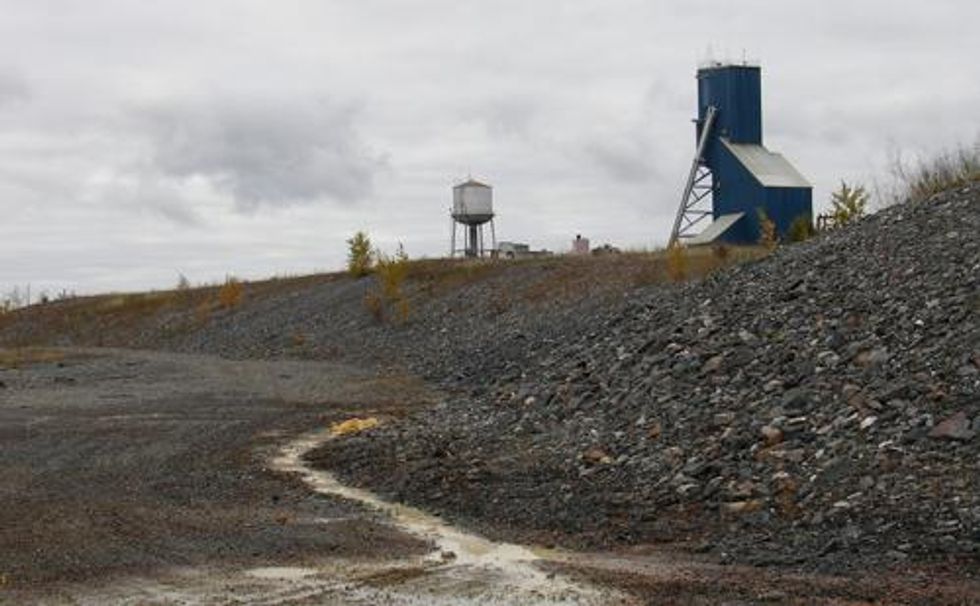The Conversation (0)
Tailings from gold mining operations can pose a threat to the environment and health of nearby communities. Not only can this waste be harmful if it leaches into groundwater, but it can also mean losing minerals still contained in the residue.
This article was first published on Gold Investing News on August 2, 2011.
Tailings from gold mining operations can pose a threat to the environment and health of nearby communities. Not only can this waste be harmful if it leaches into groundwater, but it can also mean losing minerals still contained in the residue.
One of the largest hazards often found in abandoned gold mining tailings is acid mine drainage. Due to inefficiencies in the extraction process, large volumes of sulphides often end up going into the tailings. Over time, the sulphides start to oxidize as they’re exposed to wind, snow and temperature changes, creating sulphuric acid. The sulphuric acid mixes with rainwater and eventually works its way out of the tailings and into waterways, where it can change the pH of the water and precipitate harmful heavy metals.
To prevent this, mining operations use a variety of storage methods to contain toxic tailings, and focus on treating water for contamination, though this process can be costly and resource intensive.
“You can treat the water and you can treat the discharge, but you’ll be doing that for 100 years and that’s not very effective,” said Ross Orr, CEO of BacTech Environmental Corporation, which focuses on remediating tailing areas of abandoned mining operations, removing not only toxins, but recovering gold and other base metals for a profit.
BacTech uses a bioleaching process called BACOX, which involves using naturally-occurring bacteria to extract precious and base metals – such as gold – from ores and concentrates. By putting the bacteria in large steel reactors which simulate ideal living conditions through the addition of nutrients and air, the bacteria is able to extract the metals in a much quicker time span than it could in the natural environment.
“The bacteria do this naturally, but it takes them 20 years to accomplish what we accomplish in about six days because they get everything that stimulates them,” said Orr.
BacTech is currently focusing on a stockpile of arsenopyrite – arsenic, iron, gold and sulphur – at Snow Lake, Manitoba. Orr says BacTech approached the government of Manitoba with the offer of stabilizing the arsenic in the tailings free of charge, if they would be allowed to keep any gold recovered in the process.
Although this would be the 21st bioleaching plant in the world, it will be the first facility of its kind in North America. BACOX was first developed in the 1980s as a method for extracting sulphur from coal, but this technology was soon adapted for removing gold from tailing operations.
“This is not new technology, it is just unknown technology,” said Orr.
BacTech’s proposal includes the construction of a bioleach plant in Snow Lake, which Orr says may be in operation by 2013. This plant would be able to treat 150 tonnes of the arsenopyrite per day, getting through the entire stockpile in approximately five years.
Orr says that BacTech is currently exploring projects in Chile, Mexico, and California. They are also negotiating with First Nations groups in Northern Ontario, where large quantities of arsenopyrite are amassed in tailings from a long history of gold mining. And as with the Snow lake project in Manitoba, Orr says that both the mining companies and government must take responsibility for ensuring proper management.
“There are a lot of projects out there. It really depends on the resolve of the government to clean something up, which is usually driven by the people that live there,” said Orr.






